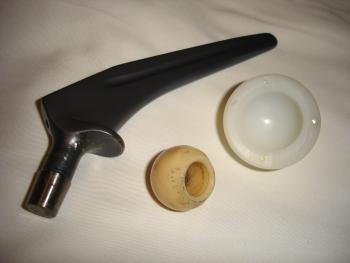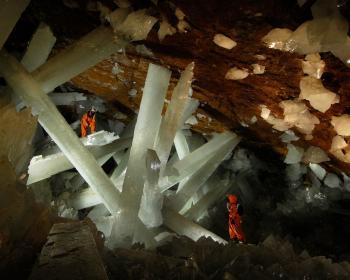Material engineering is an interdisciplinary field applying the properties of matter to various areas of science and engineering. This new scientific field investigates the relationship between the structure of materials at atomic or molecular scales and their macroscopic properties. Materials engineering incorporates elements of applied physics and chemistry.
In recent years, there has been significant media attention focused on nanoscience and nanotechnology. Material science is now becoming more widely recognized as a specific and unique field. As a result of then, material engineering has become a more reputable degree in universities. Many of the most pressing scientific problems that are currently faced today are due to the limitations of the materials that are currently available and as a result, breakthrough in this field is likely to have a significant impact on the future of human technology.
The basis of material science involves relating the desired properties and relative performance of a material in a certain application to the structure of the atoms and phases in that material. Major determinants of the structure of a material and thus of its properties are its constituent chemical elements and the way in which it has been processed into its final form.
Material science encompasses various classes of material which may constitute a separate field. Industrial applications of materials science include material design, cost-benefit trade-offs in industrial production of materials, processing techniques and analytical techniques. Aside from material characterization, a material engineer also deals with the extraction of materials and their conversion into useful forms.
© BrainMass Inc. brainmass.com June 30, 2024, 9:21 am ad1c9bdddf

